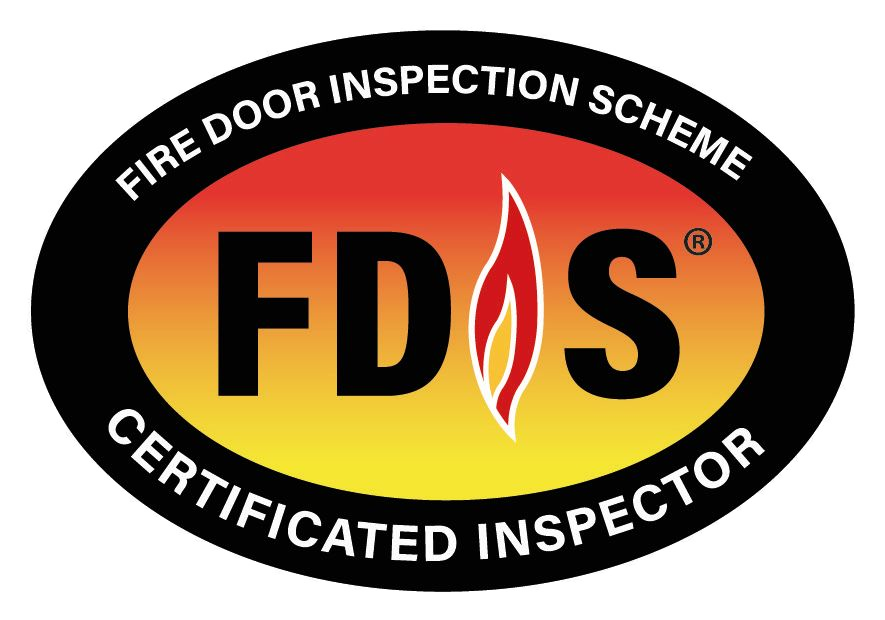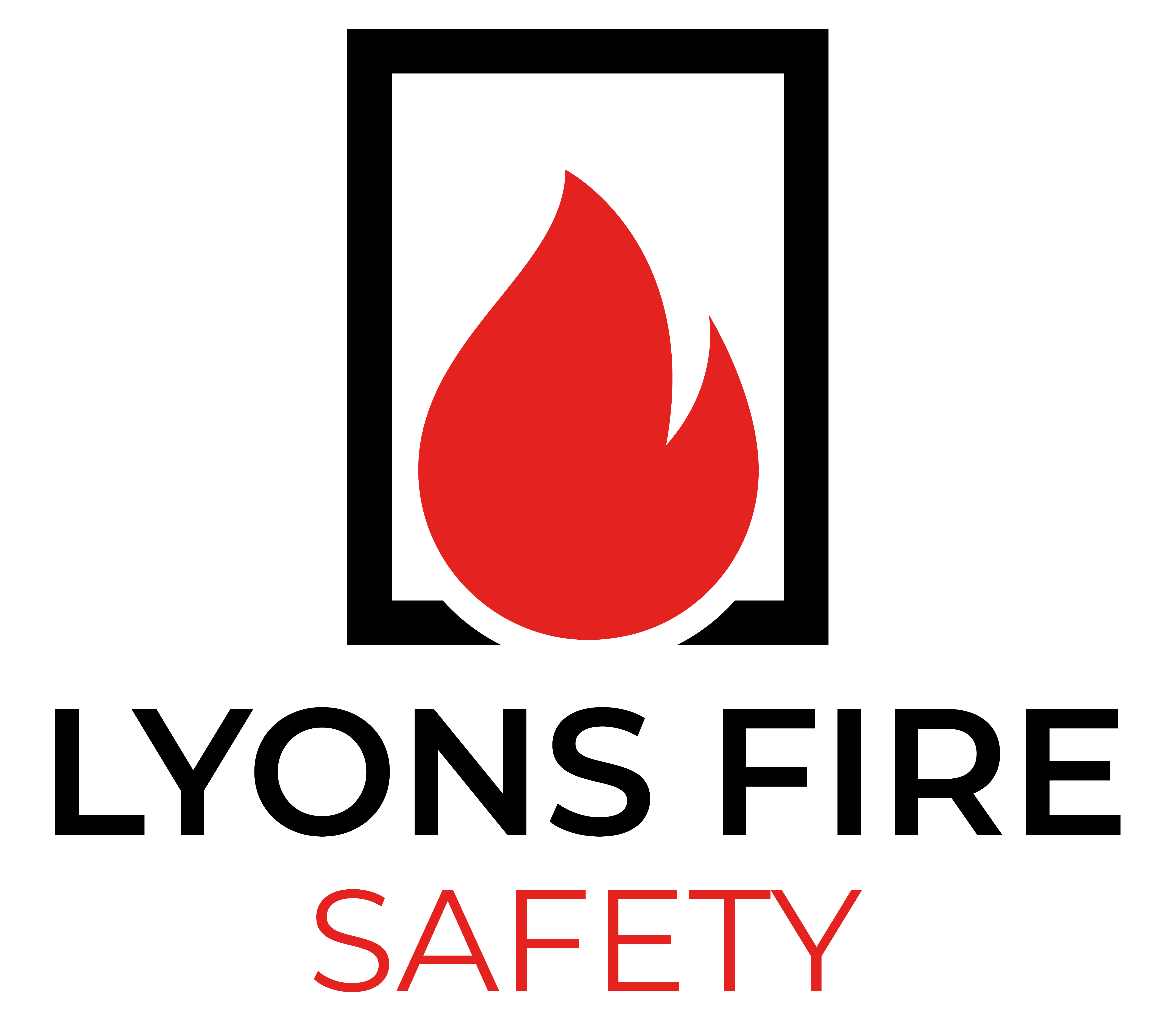Passive Fire Protection Systems
At Lyons Fire Safety (LFS), we understand the critical role passive fire protection (PFP) systems play in a building’s overall fire safety strategy. PFP systems work to slow or prevent the spread of fire, limiting structural damage and providing precious time for occupants to evacuate safely.
PFP systems are an integral part of comprehensive fire safety, complementing active fire protection measures like alarms and sprinklers. While active systems detect and extinguish fires, PFP systems focus on containing fires within compartmentalised areas, enabling emergency response and minimising collateral damage.
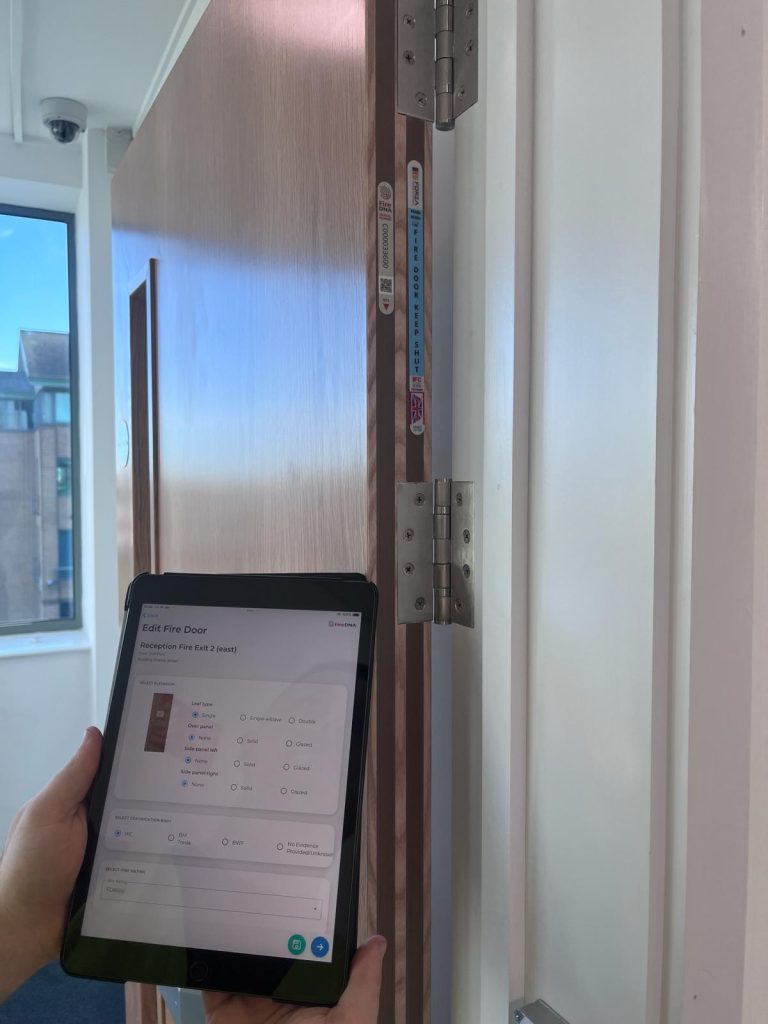
The Importance of Passive Fire Protection
Effective PFP systems are designed to achieve three main objectives:
Allow Safe Evacuation of Occupants
By containing fires and restricting smoke spread, PFP systems create vital escape routes and prevent occupants from becoming trapped.
Enable Intervention by Emergency Services
Compartmentalisation slows fire growth, buying crucial time for fire crews to respond and gain control of the situation.
Confine Fires Within Compartments
Fire-resistant materials and construction methods limit horizontal and vertical fire spread, protecting areas beyond the initial compartment.
PFP systems operate passively, without human intervention or external power sources. Once installed correctly, they provide round-the-clock fire resistance, making them a cost-effective and reliable fire safety solution.
Key Components of Passive Fire Protection Systems
At LFS, we specialise in implementing robust PFP systems tailored to each client’s unique needs. Common components we work with include:
- Fire-rated walls, floors, and doors to compartmentalise buildings
- Fire curtains preventing fire spread in open-plan areas
- Fire and smoke dampers restricting airflow automatically
- Intumescent coatings expanding when heated to insulate materials
- Fire-stopping products sealing gaps around service penetrations
These passive measures work synergistically to impede fire growth, protect escape routes, and maintain structural integrity during a fire event.
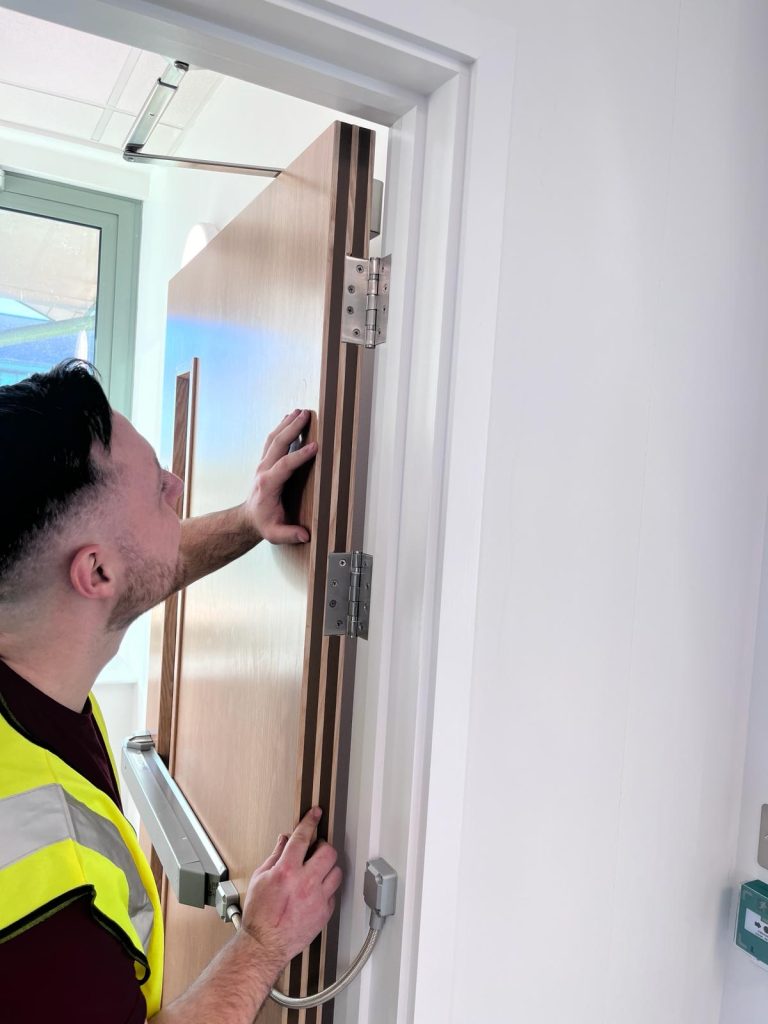
The Importance of Fire Doors in Passive Fire Protection
Fire doors are a critical component of any robust passive fire protection system. At Lyons Fire Safety, we understand the vital role these specialised doors play in compartmentalisation strategies designed to contain the spread of fire, smoke, and toxic gases.
Fire doors are rated based on their ability to withstand fire exposure and maintain integrity for a specified period. The rating indicates the number of minutes (or hours for higher ratings) that the door can resist the passage of fire and smoke. Common fire door ratings in the UK include:
- FD30 – 30 minute rating
- FD60 – 60 minute rating
- FD90 – 90 minute rating
- FD120 – 120 minute rating
Higher fire ratings equate to increased fire resistance, making proper specification essential based on the building’s purpose and occupancy levels. Fire doors will also need regular testing and maintenance, like any fire safety system.
At LFS, our fire door inspection services assess:
- Door operation and self-closing mechanisms
- Seals and gaskets for gaps or damage
- Glazing and vision panels for cracks
- Signage and labelling compliance
Find out more detailed information here, on our dedicated page for fire door ratings explained and how our fire door inspection process works; Lyons Fire Safety Fire Door Inspections – A Detailed Process
Why Passive Fire Protection Matters
While active fire protection systems are crucial, passive measures offer several key advantages that make them indispensable:
Life Safety
PFP systems provide occupants with valuable time to evacuate by containing fires and limiting smoke spread.
Property Protection
By restricting fire damage to compartmentalised areas, PFP systems help minimise property losses.
Regulatory Compliance
Building codes and fire safety regulations mandate specific PFP requirements to ensure public safety.
Cost-Effectiveness
Once installed correctly, PFP systems require minimal maintenance, offering long-term fire resistance.
At LFS, we pride ourselves on our expertise in specifying, installing, and maintaining exceptional PFP systems that meet the highest standards of fire safety.
Elevating Fire Safety with Cutting-Edge Digital Solutions
At Lyons Fire Safety, we are committed to staying at the forefront of fire safety management by embracing innovative digital solutions. This drive for excellence has led us to adopt the ground-breaking FireDNA platform and its ‘Golden Thread’ technology.
Comprehensive Digital Footprint
We establish a unified digital footprint that links all stakeholders involved in the passive fire protection process. Detailed product information, third-party certifications, and digitized installation manuals are meticulously documented, ensuring strict adherence to industry standards and regulations.
Real-Time Data Capture
Through FireDNA’s mobile apps, our technicians can capture real-time data on site, including installation details, inspection findings, and maintenance activities. This digital data stream eliminates the risk of errors associated with manual documentation.
Enhanced Traceability
Every action, from product procurement to installation and maintenance, is recorded and timestamped within the ‘Golden Thread.’ This unbroken chain of custody enables unprecedented traceability and accountability throughout the entire lifecycle of our passive fire protection solutions.
Streamlined Compliance Management
FireDNA’s platform streamlines compliance management by providing a centralised repository for all relevant documentation, certifications, and regulatory requirements. This ensures our passive fire protection installations consistently meet the latest fire safety standards and building codes.
Maintenance Logging
Regular maintenance is crucial for the continued effectiveness of passive fire protection systems. FireDNA’s digital logging capabilities enable us to meticulously document and schedule all maintenance activities, ensuring optimal performance and compliance.
Transparent Client Access
Our clients have secure, real-time access to the ‘Golden Thread’ data pertaining to their properties. This transparency empowers them to monitor the status of their passive fire protection systems and gain peace of mind knowing that their fire safety is in capable hands.
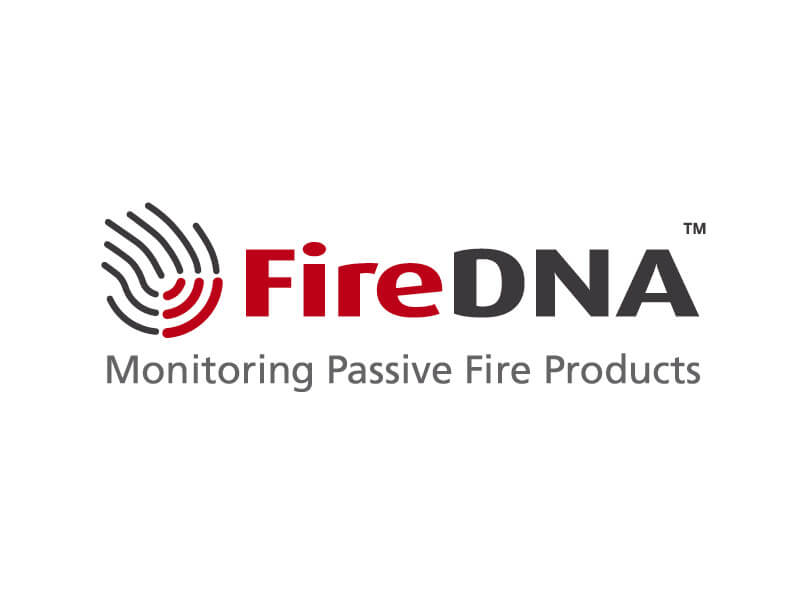
To learn more about our use of ‘Golden Thread’ technology and the FireDNA platform, visit our dedicated page here.
Active vs. Passive Fire Protection Systems
While active and passive fire protection systems serve distinct purposes, they work synergistically to provide comprehensive fire safety for a building. Understanding the key differences between these two approaches is crucial:
Active Fire Protection Systems
- Detect and suppress fires through automatic sensors and suppression methods
- Examples: Fire alarms, smoke detectors, sprinklers, fire extinguishers
- Require activation, external power, and often human intervention
- Aimed at minimising fire spread and impact through early detection
Passive Fire Protection Systems
- Contain fires and smoke through fire-resistant building design and materials
- Examples: Fire-rated walls, doors, dampers, fire-stopping, intumescent coatings
- Always present and functioning without activation or external power
- Focused on controlling fire growth within compartments to enable evacuation
The key distinction is that active systems detect and fight fires directly, while passive systems create fire-resistant barriers and compartments to contain fires indirectly. Both systems are essential components of an integrated fire safety strategy.
FAQs
What are the three types of fire protection systems?
The three main types are active fire protection (e.g., sprinklers, alarms), passive fire protection (e.g., fire-rated assemblies, fire-stopping), and human responsive measures (e.g., fire extinguishers, emergency planning).
Why does passive fire protection matter?
PFP systems are vital for life safety, property protection, regulatory compliance, and cost-effectiveness. They contain fires, enable evacuation, and minimise damage.
Which system is better: active or passive fire protection?
Both systems are essential components of comprehensive fire safety. Active and passive measures work together, with PFP systems providing vital containment while active systems detect and suppress fires.
Is fire-stopping considered passive fire protection?
Yes, fire-stopping products that seal gaps and penetrations to prevent fire spread are a critical part of passive fire protection strategies.
Who is responsible for ensuring adequate passive fire protection?
Building owners, property managers, and construction professionals all share responsibility for implementing and maintaining effective PFP systems in accordance with regulations.
What are the rules for passive fire protection in the UK?
PFP requirements are outlined in the Building Regulations, specifically Approved Document B, which covers fire safety provisions for different building types and occupancies.
Contact Lyons Fire Safety Today
Ensuring effective fire safety requires a balanced approach that incorporates both active and passive fire protection. At LFS, we are passionate about educating our clients on the importance of passive fire protection and its role in creating a comprehensive fire safety strategy.
Partner with LFS for:
- Comprehensive PFP system inspections by experienced professionals
- Installation and maintenance services tailored to regulatory requirements
- Compliance with the latest fire safety laws and building codes
- Third-party certified PFP products and installations
- Integration of cutting-edge digital solutions for enhanced accountability
Don’t compromise on fire safety. Contact us today to schedule an assessment and experience the peace of mind that comes with entrusting your passive fire protection needs to the experts.
Phone: 0121 517 0562
Email: david@lyonsfiresafety.co.uk
Lyons Fire Safety: Your Trusted Partner for Passive Fire Protection Systems, Inspections, Maintenance, and Compliance Solutions.
